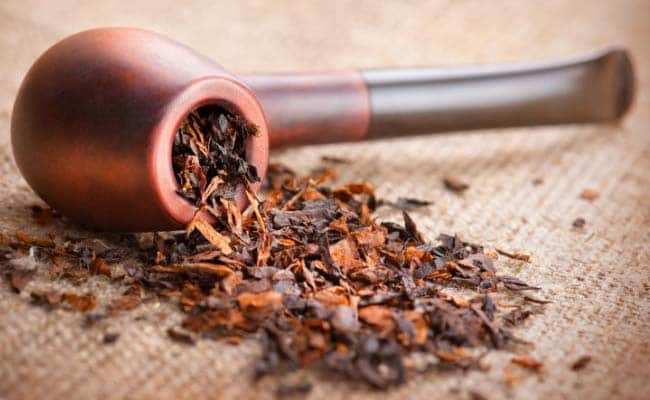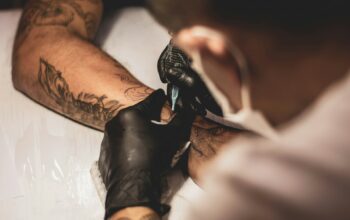If you are comfortable using tobacco, but have always been confined to cigarettes, you are missing on some interesting things perhaps.
Fact of the matter is that there are a handful of interesting ways to consume tobacco other than cigarettes, varying place to place and culture to culture.
So, let’s have a look at some of the most commonly followed ways of consuming tobacco:
Pipes
Tobacco and pipes go a long way back together, particularly in Americas, where the indigenous people resorted to tobacco filled pipes for indulging in religious ceremonies and victory celebrations. That use then extended on to pipe smoking on completion of a contract or bargain as well. In fact, the indigenous tribesmen of North and South America avoided using tobacco other than such ritualized occasions, because they considered tobacco to be a revered gift from Gods.
Cigarettes
Perhaps tobacco use in cigarette smoking has remained, during most of the 20th century till now, the most common and preferred method of tobacco consumption. During the 17th century, cornhusks were used to wrap the tobacco within a cigarette, but after the American Civil War, cigarette production went commercial and the rest is history. Duke & Company pioneered the commercial production of cigarette, likely referred as the father of the modern tobacco industry.
Cigars
Mass production of cigars is not as common and as easy as cigarettes, and for all the right reasons. It involves more intensive labor and more time in hand rolling them, which makes them expensive and less marketed forms of tobacco. That is why cigars and marlboro double fusion were once considered a sign of social affluence, preferably to be smoked only in drawing rooms and men’s parlors.
Chewing Tobacco
Chewing tobacco has remained the most common form of tobacco consumption for many years before the commercialization of cigarette production. Native tribes of Americas liked chewing tobacco leaves, often mixed with lime. Tobacco chewing enjoyed its glory even through the Civil War as well, where farmers and soldiers from both North and South resorted to it quite passionately. At that time, finding a mud jug (used for spitting chewing residuals) or spittoon was quite a common sight in public buildings of urban as well as rural America.
Snuff
During the 17th and 18th centuries, snuff users were quite common throughout America and Europe. If you are wondering what snuff really is, it’s a generic term referring to fine-ground smokeless tobacco. While Americans liked to ‘dip’ snuff, Europeans prefer snorting it. Of course, dried form of snuff is snorted, whereas moist tobacco paste is ‘dipped’ by keeping it between your lips and cheeks or lips and gums, letting the nicotine get absorbed into your bloodstream that way.
Hookahs
Hookahs relate to tobacco consumptions specifically in the Middle Eastern and South Asian regions. It typically comprises of a rounded base used as water container, with a tall pipe extending upwards, at the top of which a tobacco filled cap mostly covered in a protective noninflammable sheet sits comfortably. Pieces of coal are put above the sheet with tiny holes letting the heat reach to the tobacco inside. Then there is another flexible pipe, which is used to puff or smoke the hookah.
That’s all about traditional hookah smoking. Recently, it has been popularized again amongst American and (to some extent) European college students. In its contemporary form, hookah tobacco is used after being soaked in molasses, mixed with different types of fruit pulps like mangoes, apples, mint etc.
Whether traditional or modern day, hookah smoking is a communal thing; nowadays, people prefer smoking it with the help of disposable mouthpieces.
Bidis
Bidis can be considered as cheapest form of cigarettes made out of low quality tobacco leaves. These are also available in flavors like chocolate, strawberry, vanilla, etc., very popular among poverty stricken people in India and rest of the South Asian countries.
Native Americans are known to use tobacco for medicinal purposes as well. For example, moistened tobacco as paste was applied by them to the skin when someone was bitten or stung. Moreover, it was also used for the purpose of stopping minor bleedings and as an antiseptic because of its bacteria killing properties.
Related Posts


















